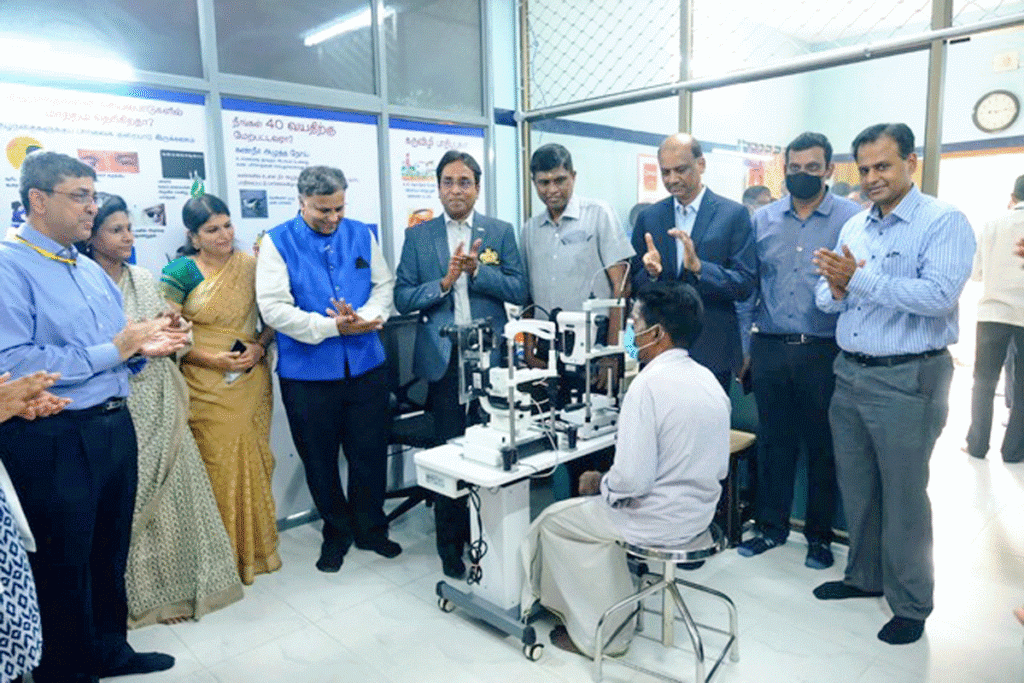Project Orange of RID 3232 aims at combating avoidable blindness by setting up 200 hybrid vision centres (HVC) covering 2,500 villages and one crore beneficiaries in the initial phase. “We will be giving spectacles to 25 lakh beneficiaries and perform surgeries on five lakh patients,” said M Nachiappan, associate project chairman, adding that the overall cost for the first set of 200 vision centres will be ₹25 crore.

So far, seven global grants worth $1.6 million were approved to set up 104 vision centres with the participation of 32 clubs across five districts. RID 3232 is in partnership with eight eye hospitals including L V Prasad Eye Institute, Sankara Eye Hospital and Aravind Eyecare System, and eight foreign clubs for implementing Project Orange.
The district recently inaugurated 10 HVCs on the outskirts of Chennai and six more HVCs will soon be set up at places near Chennai such as Mahabalipuram, Vyasarpadi, Uthukkottai and Padappai where specialised eyecare is not possible.
“Our objective is to reach out to at least one crore beneficiaries within the first year through 200 Orange HVCs. The cost is just ₹22 a person,” said DG S Muthupalaniappan.
Each HVC will have an optometrist and an ophthalmic assistant, who will be supported by eye specialists at the base hospitals, said Nachiappan. “The assistant will visit rural areas to screen people for refractive errors and other eye ailments.”
During the first phase of the roll-out, the project has given employment to 700 rural people, while 1,500 were benefitted indirectly.
Giving a perspective of the eyecare in the country, he said that India requires at least 20,000 vision centres as against the present availability of 1,000-plus centres. In India, 8.8 million people are blind, and 80 per cent of their blindness is curable. “But only 10 per cent have access to proper eyecare. Each HVC cluster will cater to a population of around 500,000.”
Hybrid clusters
Each HVC will have a range of equipment to treat eye diseases in consultation with the telemedicine ophthalmologist from the secondary care centre (base hospital). An HVC will have mobile vision care units (MVCUs) and an Advanced MVCU catering to around 60,000 people.
Eight HVCs along with eight MVCUs and one AMVCU form one HVC cluster to render primary eyecare to the rural, semi-urban and slum communities. “Patients in need of further treatment or surgery will be directed to the secondary care centre,” said Nachiappan. RID 3232 has made promotional films to propagate Project Orange in communities. “We have designed strategies to grow exponentially in the coming years towards combating avoidable blindness in India,” he said.






